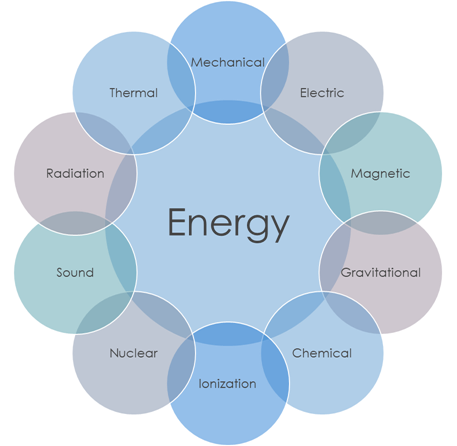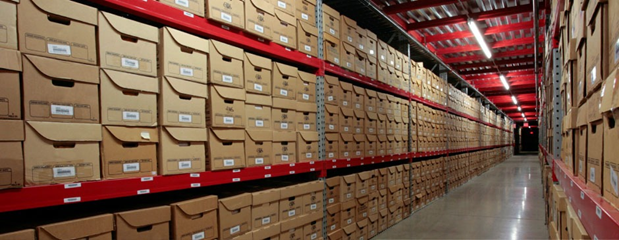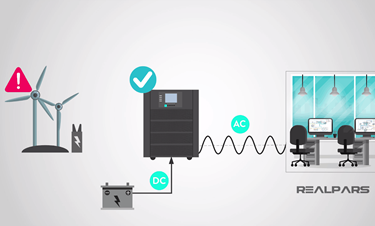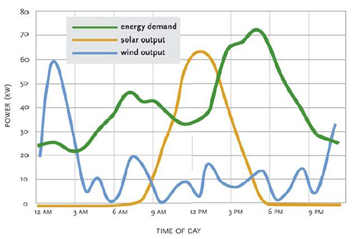Energy storage systems have been in use for a very long time, for diverse applications.
In this article, we discuss some of the energy storage-related nomenclatures and understand some important and upcoming application areas for energy storage.
Let’s start with the term ‘energy’.
Energy is defined as a quantitative property held by an object or a system that can be consumed to perform work or convert the form of energy.
Wait, but do we mean by ‘form’ of energy?
There are many forms in which energy can be found, as denoted in the following graphic:

These forms of energy can be refined further to give a very vast and complex array. Let’s limit ourselves to those mentioned in the graphic, for now. These forms make up the elements in a complex energy conversion process that results in our surroundings operating in the way that they do.
Next, let’s discuss the term ‘power’. Simply put, it is the rate at which energy usage or conversion happens. For example, every motorbike has a brake horse-power (bhp) figure associated with its engine. It is basically the maximum rate at which the bike would be able to convert chemical energy (Energy stored in petrol) into mechanical energy (Acceleration and speed).
Hope you have been able to keep up till here. Understanding the difference and relationship between energy and power is an absolute necessity to understand the working and performance terms of energy storage systems.
Now, what does the term ‘storage’ mean?
Storage is defined as the retention of anything, whether physical or virtual, for (possible) usage in the future. For example, dams are constructed to store water and supply it when there is less precipitation.

Retention of a quantity that has the potential to perform work or convert its form in the future. You may ask, how does energy storage help us? The word ‘future’ holds the key to answer this question. Let’s take an example to approach the answer – the human body. Why do we eat carbohydrates and fats? The answer is simple – to work and ensure that critical bodily functions are active.

Portable electronics: The very gadget you are using to read this – be it a phone or a laptop, might be using a battery so that you can use it throughout the day. Electricity is used to charge the battery in portable electronics so that they can be carried around without the need for a wire to power them.

Uninterruptible Power Supplies (UPS): Electrical energy is stored in mediums like batteries and extracted when there is a power outage. These systems were primarily developed for critical use in areas like operation theaters, war-rooms, etc., but have expanded their reach to include houses, cell towers, etc.

Energy offset for renewable energy: Most renewable electric energy production modes don’t satisfy the energy demand. So, energy storage in the form of batteries pumped hydro, flywheels, thermal energy, etc. is done to store excess generation and supply it when needed.
There are a vast number of avenues for energy storage, and those will be discussed in detail in the next series of articles.
Article by Calvin Raj









